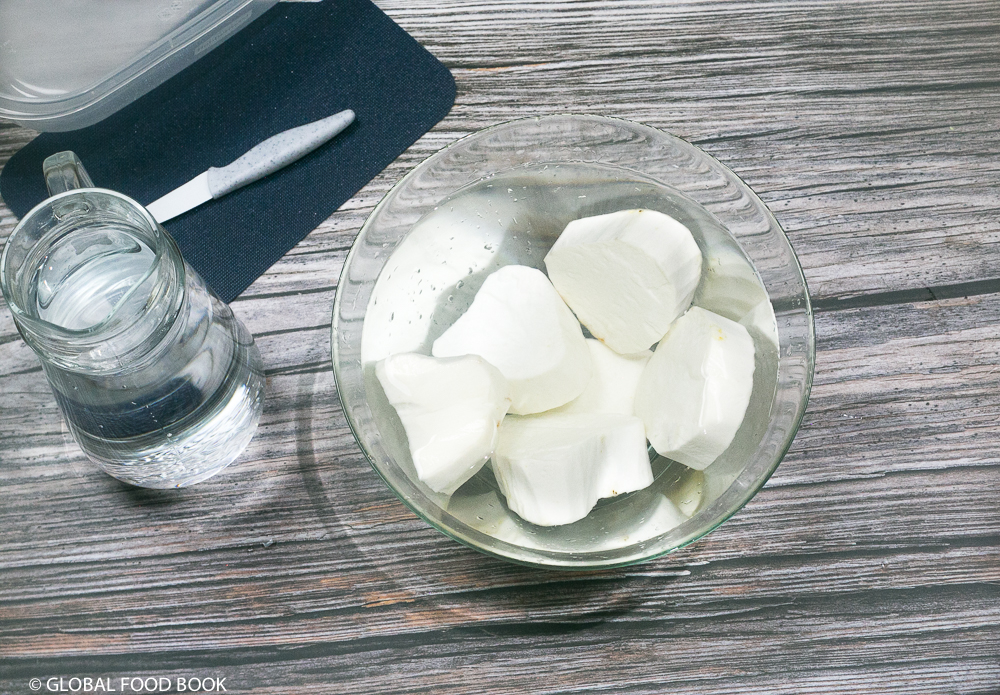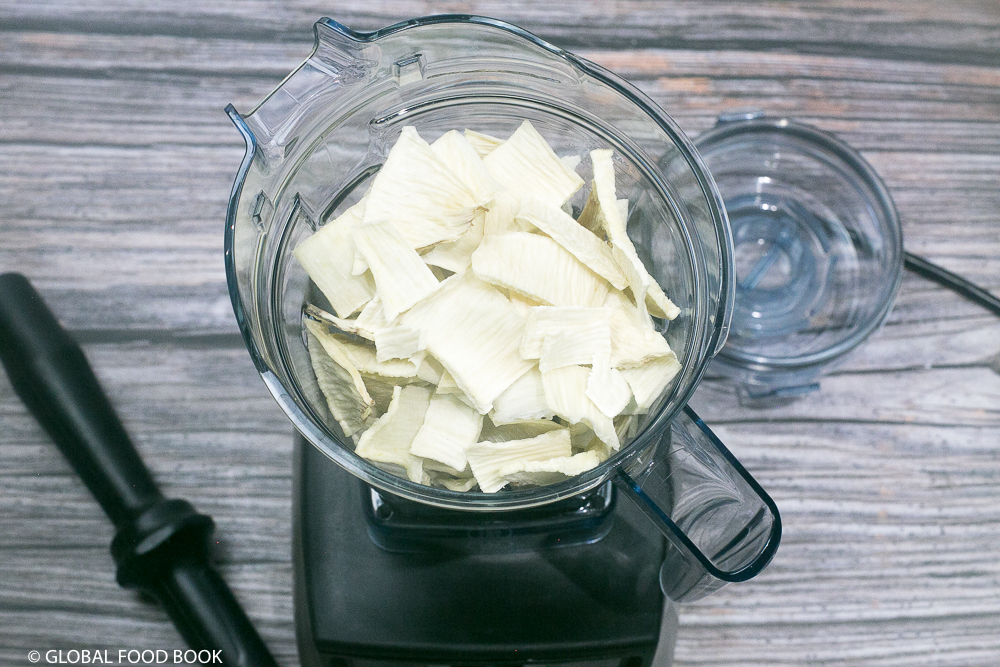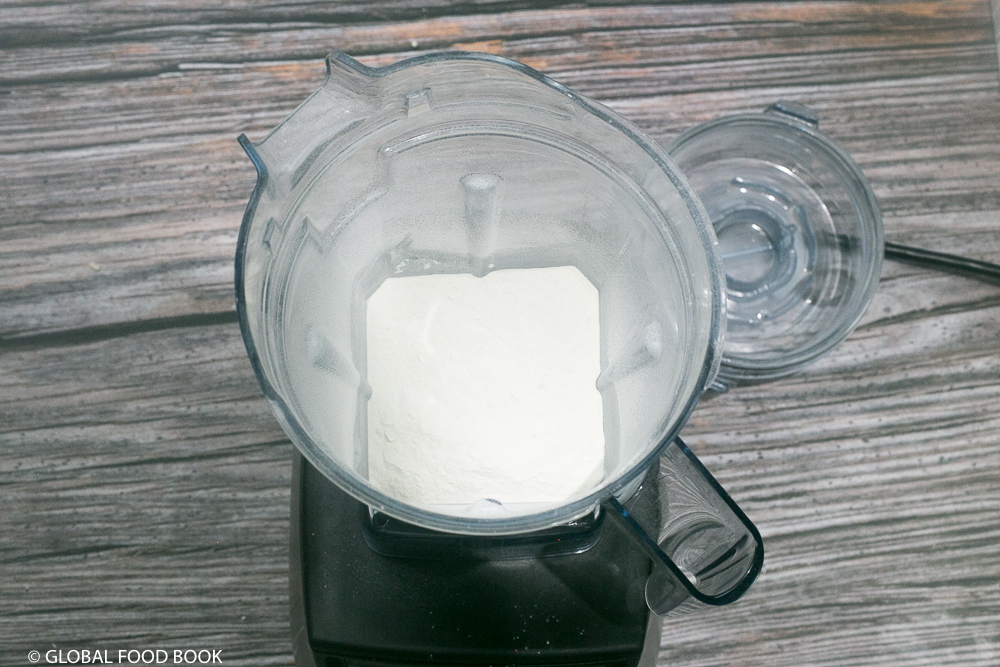
Poundo Yam Flour and How To Make it at home.
 Upon publishing a video tutorial on how to process yam flour (elubo), some of my fans specifically requested that I teach them how to process poundo yam flour and as usual, I gladly obliged. But before you read further, I have a couple of questions for you.
Upon publishing a video tutorial on how to process yam flour (elubo), some of my fans specifically requested that I teach them how to process poundo yam flour and as usual, I gladly obliged. But before you read further, I have a couple of questions for you.How often do you eat poundo?
Do you avoid eating poundo because of the various preservatives and additives, which you may be allergic to?
Have you ever considered making your own poundo yam flour?
To cut the long questions short, you can actually process your poundo yam flour from the comfort of your kitchen. The method of processing yam flour shown in this post is pretty easy yet the benefits are simply immeasureable. This is owing to the fact that you are rest assured of what is going into your mouth. By processing your own poundo yam flour, you will no longer be worried about the presence of certain preservatives or additives in the poundo you eat.
But let me clarify this upfront that yam flour (elubo) and poundo yam flour are both processed from yam, which belongs to the genus Dioscorea (family Dioscoreaceae). However, the method of processing each of them distinguishes one from the other. It is also noteworthy that yam (Dioscorea) is totally different from potato (Ipomoea batatas) ? as portrayed by some peeps. It might interest you to know that once you fail to judiciously follow the appropriate processing method for any of the yam powders, you won’t get the right final outcome you desire.
Yam flour is gluten-free and it is an excellent source of carbohydrates. Yam also contains some traces of protein, fat, sugar, sodium.
HOW TO PROCESS POUNDO YAM FLOUR
Step 1: Clean yam to eradicate excess dirt and sands.

Step 2: Peel yam with a knife and leave in water. Note that peeled yam must remain in water to prevent discolouration or enzymatic browning.

Step 3: Wash yam thoroughly and leave the washed yam in water.
Step 4: Slice yam under water into thinner uniform chips. Slicing the yam into uniform chips allows the yam chips to dry quicker and simultaneously.


Step 5: Transfer the yam chips into a pot of hot water then parboil for 5 mins. Note that the yam chips must not be cooked.

Step 6: Transfer the parboiled yam into a sieve to drain water.

Step 7: Transfer the yam chips into a food dehydrator. Turn on the dehydrator and set it to 160°F or 70°C. Dehydrate the yam chips for 14hrs. Alternatively, sun-dry the yam chips until properly dried.


Note that irrespective of the method of drying, the yam chips must be properly dried.
Step 8: If a food dehydrator has been used for drying the yam chips, then they must be allowed to cool down.
Step 9: Grind or mill the yam chips into a fine flour.


Step 10: Allow the ground poundo yam flour to cool down before packaging.

Uses of Poundo Yam Flour
* Used in food preparation.
* Used for making swallow (fufu).
* Complements other flours for baking.
Yam flour is gluten-free and it is used in food preparations. Basically, poundo yam fufu is made with only yam flour and hot water. Hot water is first poured into a pot, or cold water is allowed to boil in a pot. Then a sizeable quantity of yam flour is stirred into the boiled water until a soft dough is formed. The fufu is then simmered for few more minutes before being served with either soup, stew or sauce. Yam flour can be paired with other types of flours and then used for baking cookies, biscuits etc.
Video Clip Courtesy of Ezinne,s Kitchen




